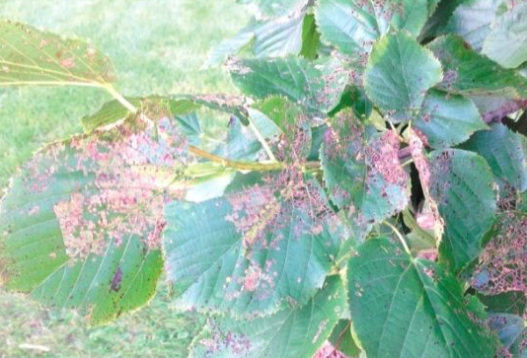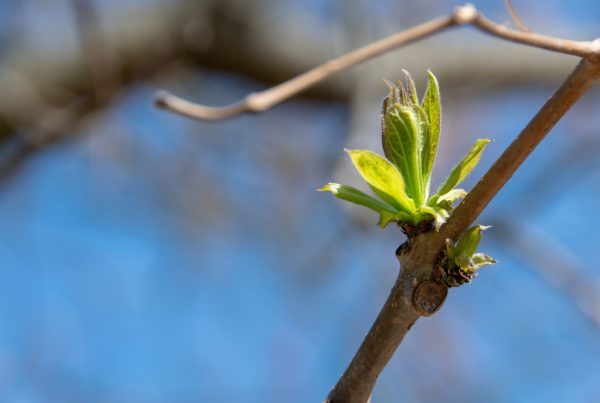2017 was a busy year for tree experts tracking Japanese beetles. They left behind quite a path of destruction in southeast Wisconsin. The beetles will start showing up again as the temperature rises, making themselves at home from mid-June to August, feeding on trees and nearly 300 kinds of plant species.
ATE’s Jesse Ziemienski offers his expertise on treatments to protect new growth and more in this Waukesha County Home edition of the Waukesha Freeman.
Japanese Beetles: Coming to roses or trees near you
How to prevent infestations
Each summer, Japanese beetles cause headaches for gardeners and homeowners, feasting on the foliage of more than 300 plant species, including roses, and linden, elm, cherry and crabapple trees.
But there are several ways to prevent infestations, professionals said.
Jesse Ziemienski, a board-certified master arborist and owner of American Tree Experts, a business his father started in 1950, said the number of beetles varies depending on weather conditions.
The fingernail-sized pests typically make their appearance in early July, but the damage they do to trees and other plants isn’t always apparent until they disappear.
“Most people don’t realize what’s going on until they see their plants. You’re not going to know what’s going on until you see the aftermath,” Zieminski said.
A beetle pathology
Japanese beetles first came to the East Coast in the early 20th century, most likely through imported plants and other goods.
Ziemienski said beetles are still inadvertently shipped to the United States through commerce.
“They are hitchhikers and we’re bringing them in,” he said.
Beetles have a relatively short life of one year. They spend most of their life as grubs and only three months as adults. They prefer hot temperatures.
Female beetles feed early in the day and return in the afternoon to lay eggs, noted Ziemienski.
“The best time to look for them is in the morning,” he said.
Although the bugs don’t kill plants, they eat leaf tissue, leading to skeletonization of trees and other plants. This can weaken trees and can make them susceptible to root rot, fire blight and other diseases and pest infestations.




